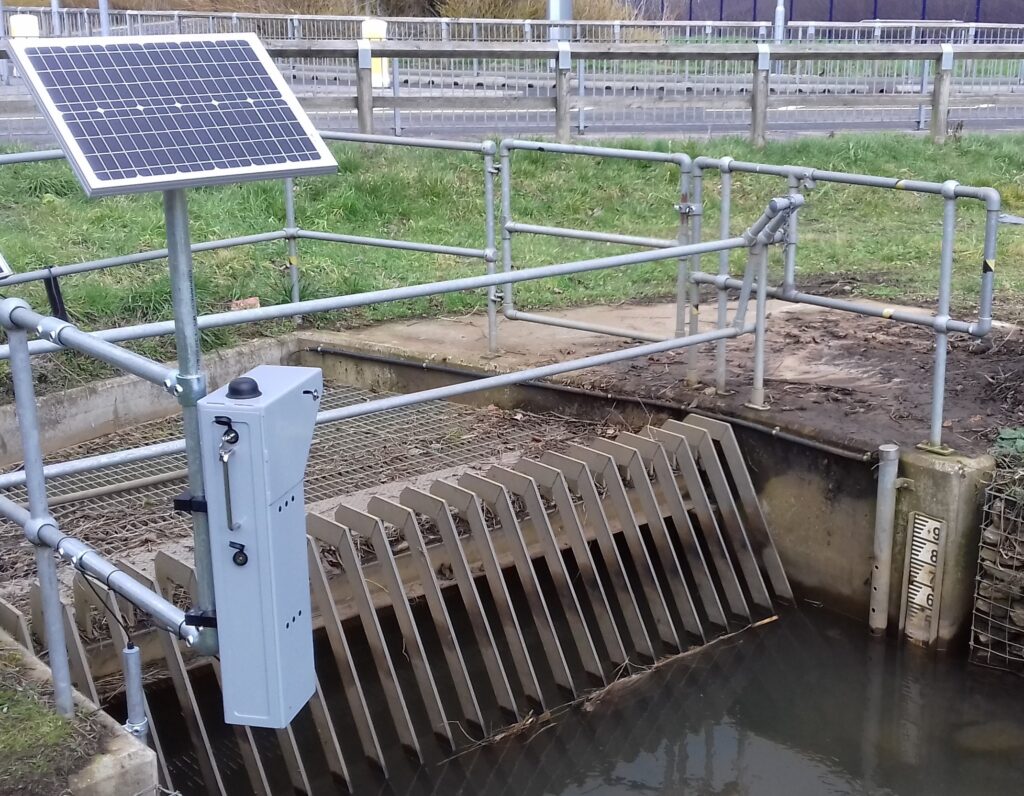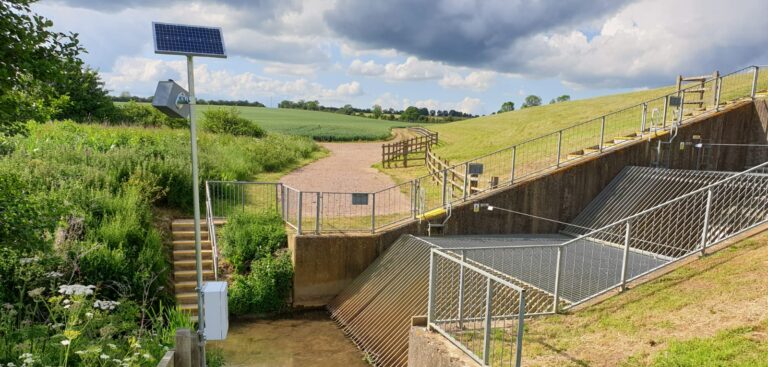Meteor Communications, a supplier of remote environmental monitoring systems, has been awarded a four-year £4m (US$5m) contract by the UK’s Environment Agency to expand its network of low-power remote image collection cameras.
Installed at strategic locations across the country, the cameras will provide critically important information on the status of water management assets involved in reducing flood and coastal risk.
Meteor will provide the agency with hourly images of remote assets such as grilles, screens, storm overflows, channels, culverts, pumps, gates and automated structures. The images will be captured by Meteor’s remote cameras (MRC) and delivered to staff via the company’s web-based MeteorCloud service.
Matt Dibbs, Meteor’s managing director, said, “Our main focus in the development of these cameras was the ability to operate unattended in remote locations where normal power and communications may not be available. The MRC cameras therefore operate on ultra-low power, requiring just a small battery and a solar panel for year-round operation, anywhere in the UK. This dramatically reduces installation time and cost.
“Transmitting single high-resolution images, the cameras are able to operate via any mobile network connection. This means that high-quality, real-time images can be provided even in areas with poor mobile coverage, and with an extremely robust design, they are suitable for long term, unattended operation with minimal maintenance.”
In addition to the scheduled images, users can request additional pictures via the MeteorCloud web portal, directly by SMS or email. This includes requests for an enhanced (faster) polling mode for a set period, which can also be prompted automatically – by a connected water level sensor for example. This means that rising water levels can cause the camera to raise an alarm with an accompanying image to provide visual confirmation of conditions.
Andrew Pearce, the Environment Agency’s deputy director for asset management systems, said, “Working with Meteor Communications and these new remote cameras will help us to maintain [flood] defenses to ensure communities remain protected, as well as save money, improve efficiencies and lower the carbon footprint of our operations.”




